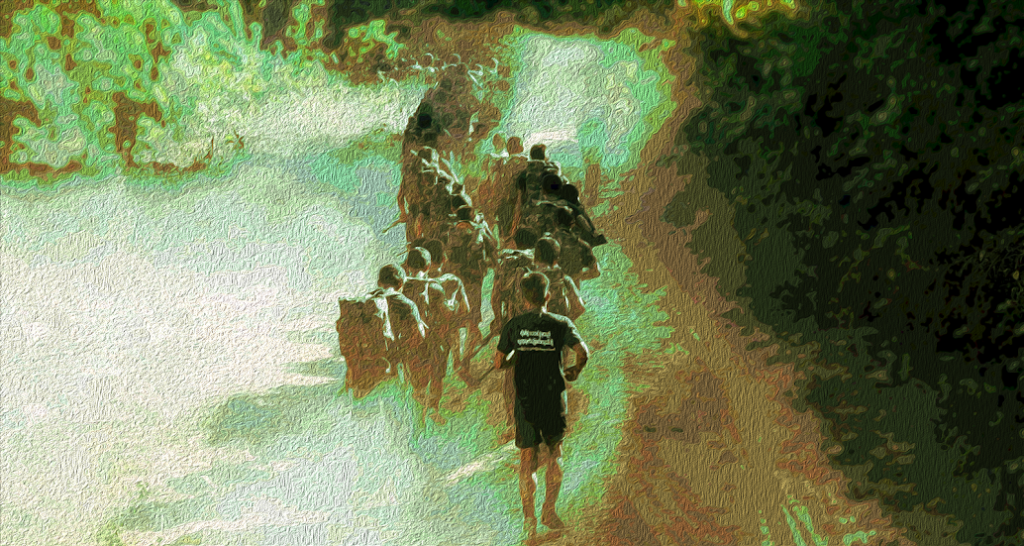Myanmar Spring Chronicle – February 18 by MoeMaKa Media:
Reflections on Myanmar’s Ongoing Struggle for Liberation
As Myanmar grapples with the aftermath of the military coup on February 1, 2021, and approaches the three-year mark of an armed revolution that ensued, a poignant examination of the nation’s contemporary history unfolds. The past three years have witnessed unprecedented upheaval, destruction, casualties, and relentless armed conflicts, prompting a critical inquiry into how the people navigate their daily challenges and envision a future amidst the chaos.
The core question lingers: Why did the armed revolution erupt? A collective response echoes the enduring decades-long rule of the military, widespread oppression, denial of equal rights to ethnic groups, and the brutal suppression of peaceful civilian protests. The military’s historical monopoly on politics, coupled with the prohibition of ethnic groups teaching their languages and literature, has propelled armed resistance as the primary political recourse.
The armed revolution is a response to years of political marginalization, but it’s not a novel phenomenon in Myanmar’s complex history. Throughout the colonial era, post-independence, and even during the feudal period, armed resistance was a recurring theme. Ethnic groups, driven by the necessity to preserve their identity and rights, often found armed resistance to be the sole viable avenue.
However, a historical lens reveals the complexity of Myanmar’s struggles. The narrative is not one-dimensional, and the armed resistance narrative often overshadows political processes and democratic transformations. The legacy of World War II, where the focus lies on the Burmese Independence Army (BIA) formed by the ‘Thirty Comrades’ trained in Japan, has distorted historical understanding. The intricacies of the strategies employed by the Japanese, British, and American allies, as well as the role of the BDA and AFPFL in the fight against Japan, have been overshadowed.
Post-independence, the armed resistance persisted due to ideological diversity, demands for state rights, and equal rights for ethnic groups. The prevailing belief is that the 2021 armed revolution marks a historic turning point, potentially heralding the end of military dictatorship in Myanmar. Ethnic armed groups are driven by the lofty goal of national liberation.
Amidst the dominance of armed groups in shaping the current narrative, a call is sounded for a foundational shift. It’s time to delineate the roles of politicians in the post-revolution era, ensuring the right to express diverse perspectives, resolving conflicts through dialogue, and embracing nationalism within the framework of a democratic system.
The urgency lies in setting goals to extricate Myanmar from the quagmire of civil war that has endured for over seven decades. The people, who have borne witness to historic events through the lens of wars, yearn for a future that transcends the shadows of conflict—a future that promises stability, unity, and a democratic resurgence. As Myanmar navigates the intricate path of its contemporary history, the challenge remains to forge a collective vision that transcends armed struggles and lays the groundwork for enduring peace and prosperity.

